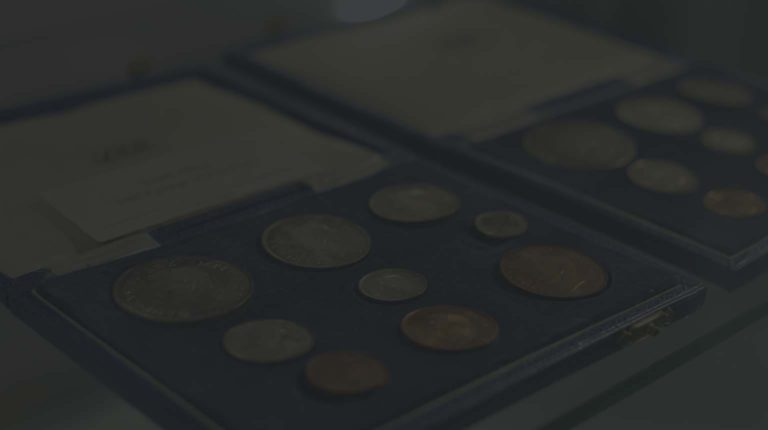Coins of the Bible are some of the most popular of all ancient coins and appeal to a wide audience. They demonstrate how coins can connect with ancient literature in ways that other artefacts simply cannot.
At Baldwin’s, we are pleased to be able to offer a selection of Biblical coins relating to this fascinating era of history.
The Shekel of Tyre
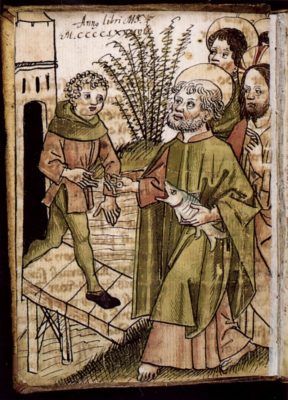
A large and important trading centre in antiquity, the Phoenician city of Tyre was located to the north of Judaea. The city had issued an extensive coinage of silver shekels since the late 2nd Century BC. These distinctive pieces featured a portrait of the Phoenician Herakles-like demigod, Melkart, and an eagle. Shekels of Tyre were adopted widely by the inhabitants of Judaea and half-shekels were used to pay the religious ‘Temple Tax’.
The first appearance of this important coin in the Bible occurs when Jesus instructs the Apostle, Peter, to catch a fish and pay the Temple Tax – the ‘four-drachma coin’ in fact being the Tyrian Shekel.
But so that we may not offend them, go to the sea, cast a hook, and take the first fish you catch. When you open its mouth, you will find a four-drachma coin. Take it and give it to them for you and Me.”
Matthew, 17:27
These large silver coins also gained notoriety as they were most likely offered to Judas Iscariot to betray Jesus Christ, as this passage recalls.
Then one of the Twelve, the one called Judas Iscariot, went to the chief priests and asked, “What are you willing to give me if I hand Him over to you?” And they set out for him thirty pieces of silver. So from that time on Judas looked for an opportunity to betray Jesus.
Matthew, 26: 14-16

Shekels of Tyre, crucially, bear the year they were issued. Coins dated to the year of the crucifixion of Jesus are highly sought-after by collectors of all disciplines, not only those seeking ancient coins. While the exact date of the crucifixion is uncertain (it is believed to have taken place between 30-33 AD), shekels bearing any of these dates always carry a substantial premium, as tangible, dated artefacts from this fascinating period of history.
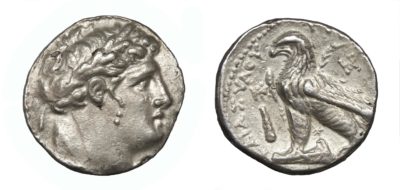
https://www.baldwin.co.uk/product/phoenicia-tyre-silver-shekel/
The Tribute Penny
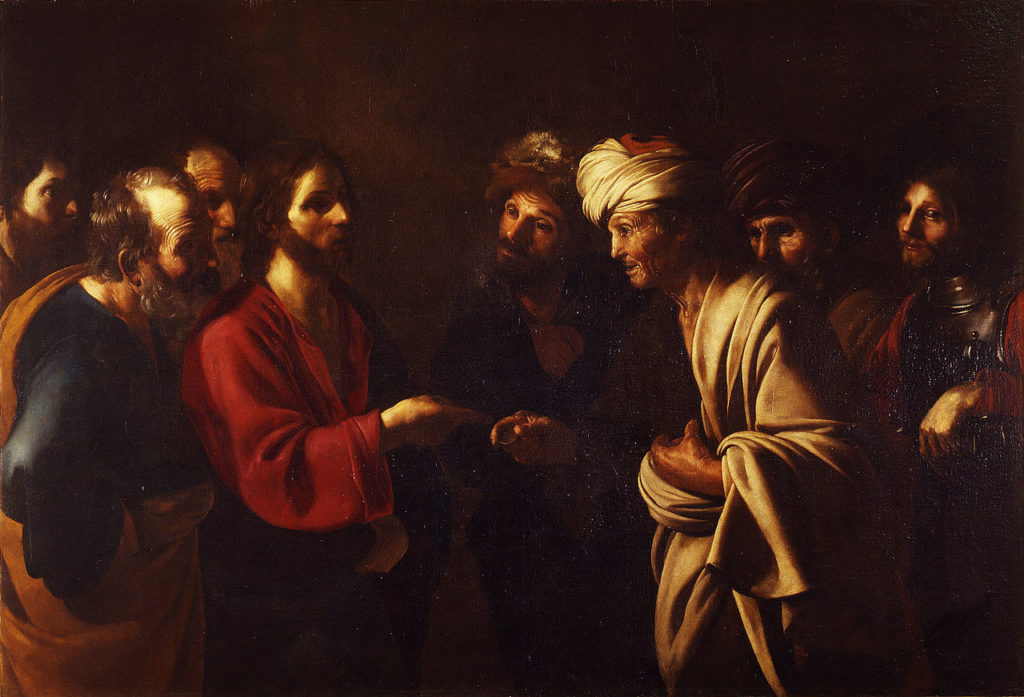
Render Unto Caesar. The ‘Tribute Penny’ is one of only a handful of coins which appear in the Bible. It is a key element of the gospels Mark and Luke, in which Jesus is confronted by the Pharisees;
Then the Pharisees went out and conspired to trap Jesus in His words… “So tell us what you think. Is it lawful to pay taxes to Caesar or not?” But Jesus knew their evil intent and said, “You hypocrites, why are you testing me? Show me the coin used for the tax.” And they brought him a denarius. “Whose image is this,” He asked, “and whose inscription?”. “Caesar’s,” they answered. So Jesus told them, “Render to Caesar what is Caesar’s, and to God what is God’s.”.
Mark 12:13-17; Luke 20:19-26
The coin Jesus used may have been one of these: a silver denarius of the Emperor Tiberius (AD 14-37). His fierce portrait appears on the obverse, and a depiction of either his mother, Livia, or the goddess Pax, on the reverse. The denarius was an international currency at the time – circulating in all corners of the Roman Empire.
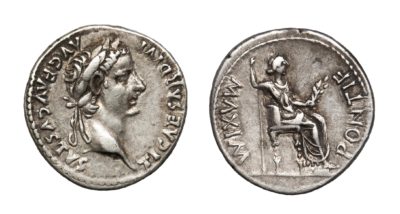
https://www.baldwin.co.uk/product/tiberius-silver-denarius-2/
The Pilate Coin
Pontius Pilate is notorious for his position as the Roman Prefect of Judaea, ruling the province from AD 26-36 and ultimately overseeing the crucifixion of Christ. This bronze Prutah, issued in AD 29, was struck mere months before the event.
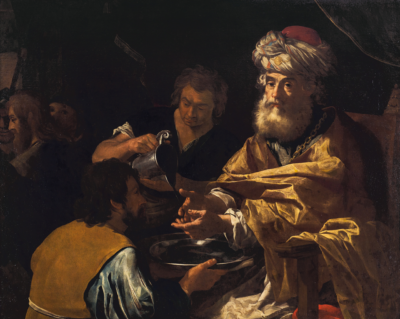
Minted in Jerusalem, in the name of Tiberius and his mother, Livia, the design is simple. The obverse depicts three ears of grain – crucial for the continuing growth of the Roman Empire. The reverse shows a simpulum, a ladle-like priestly implement used during Roman rituals. This may be interpreted as Pilate’s attempt at enforcing Roman religion in the province and would surely have been seen as provocative towards the Jewish inhabitants. Two other designs were issued during Pilate’s tenure, also bearing Roman religious objects.
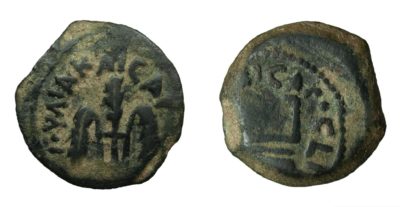
https://www.baldwin.co.uk/product/pontius-pilate-bronze-prutah/
Contact us Direct
Tel: +44 (0)20 7930 6879
Fax: +44 (0)20 7930 9450
Visit Us
A. H. Baldwin & Sons Ltd
399 Strand, London, WC2R


